In the Northwest, wood from slash and fuel treatments is a readily available type of biomass that can be used for biofuels. There are several ways to convert wood into biofuels, including using mobile pyrolysis machines or self-contained biomass generators, but some case studies have shown that transporting biomass to a facility is more economical. Wood can be converted to heat and energy using a variety of methods, such as pyrolysis. Pyrolysis creates both fuel and biochar, and biochar can be used as a soil amendment that can increase soil water-holding capacity and help store more carbon in the soil.
Biomass from fuel treatments
Decades of fire suppression have changed the structure and composition of forests in the Northwest. Fire suppression has resulted in too much fuel in forests of the Northwest that are adapted to regular fire, such as ponderosa pine and dry mixed conifer forests. When fires burn through the fire-prone forests of the Northwest regularly, they burn the smaller trees and some larger trees. Without relatively frequent fire, forests become denser and have more small trees, which can allow fire to move from the ground into the canopy of forests. As seen in the figure below, forests that have not had smaller trees removed regularly, either manually or by more regular fires, often have higher severity fires. These high-severity fires can cause environmental issues, impacting human health, damaging wildlife habitat, destroying homes and communities, crippling natural-resource-based economies, and destroying a natural carbon store. To lower the risk of high-severity fire, forest managers remove these smaller diameter trees through thinning and hazardous fuel treatments. The trees that are removed are often too small to be sold commercially and are usually left on the forest floor to decay or are piled and burned.
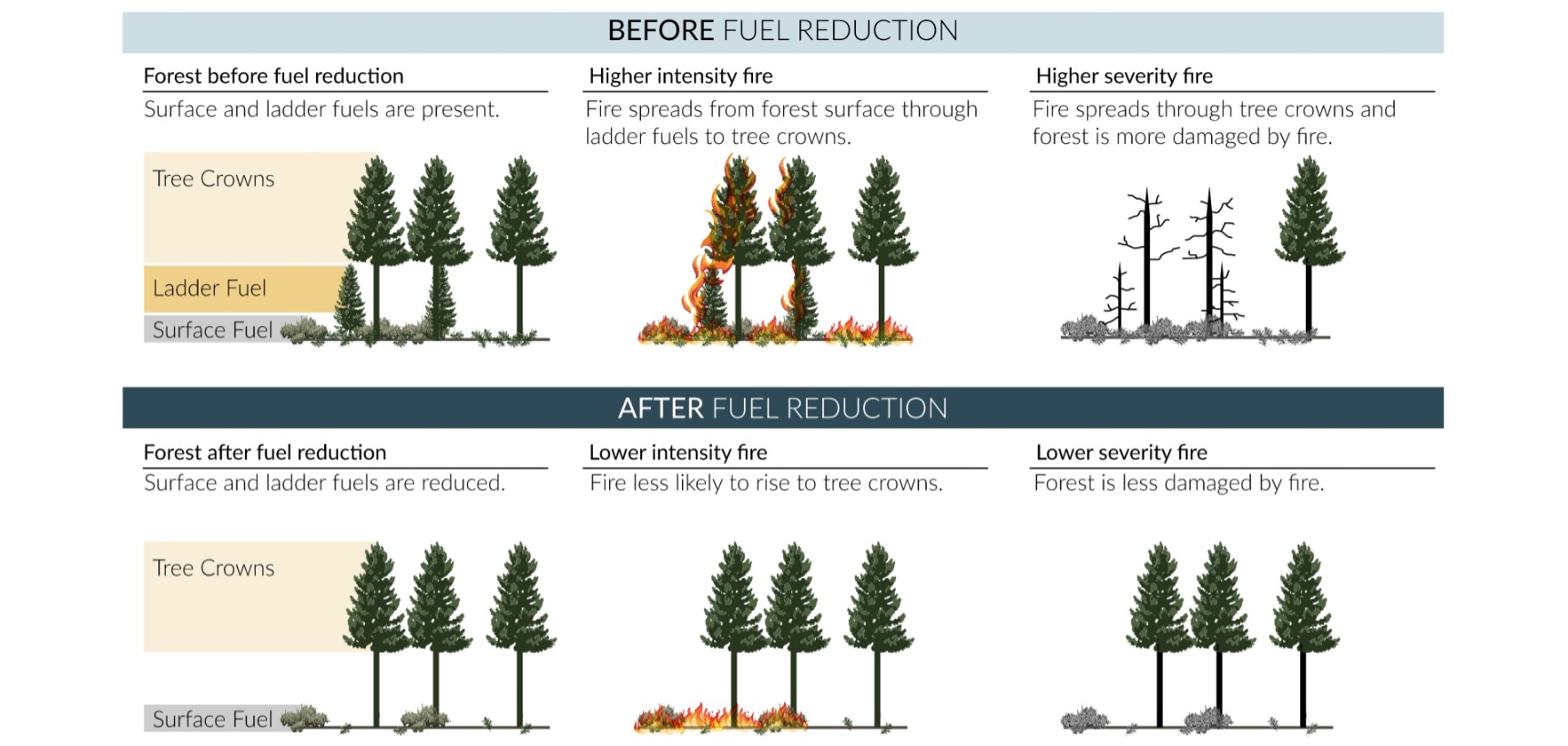 A depiction of how fires impact forests before (top) and after (bottom) fuel treatments based on diagrams from the U.S. Forest Service, created by staff at the Washington Joint Legislative Audit and Review Committee (JLARC)
A depiction of how fires impact forests before (top) and after (bottom) fuel treatments based on diagrams from the U.S. Forest Service, created by staff at the Washington Joint Legislative Audit and Review Committee (JLARC)
Biomass from logging slash
Logging slash, or the tree branches, tops, and defective logs left after timber harvest, is another potential biofuel source. In the 2016 Billion-Ton Report from the U.S. Department of Energy, annual forestry residues in Oregon, Washington, and Northern Idaho are estimated to be approximately 1,345,000 dry tons. If all this forest residue were made into ethanol, it could make approximately 1.3 billion gallons of fuel. This is about 1% of the United States’ annual fuel use.
The benefits of removing wood
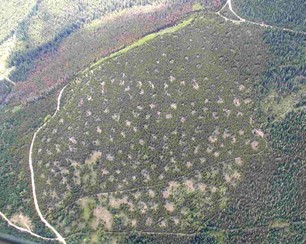 Treeless burn scars in a 40-year-old regenerating forest. These grass and forb filled scars can be present for decades after pile burning in a forest. Photo by C. Rhodes posted by Rocky Mountain Research Station.
Treeless burn scars in a 40-year-old regenerating forest. These grass and forb filled scars can be present for decades after pile burning in a forest. Photo by C. Rhodes posted by Rocky Mountain Research Station.
Although removing slash can be difficult, there are several benefits to removing some slash. If slash is trucked out of the forest, loggers can avoid the cost of brush disposal in the timber sale, which may be relevant to the bid price in timber. Removing slash also helps avoid the need for piling and burning, which can have negative effects on soil under the burn piles and create burn scars. Unfortunately, leaving slash unburnt in piles in the forest can lead to increased fire hazard, making the option of simply leaving all of it a dangerous alternative. Leaving too many small-diameter trees or too much slash also makes it more difficult and costly to plant new trees and can impede new tree growth.
Although too much slash can have negative effects on reforestation and regeneration, it is important to leave some woody debris in the forest after logging or thinning. Leaving some woody debris on the forest floor helps new trees to be protected from animal browsing and returns valuable nutrients to the soil. Managers advise leaving nutrient-rich tree branches and tops.
Additional Resources
-
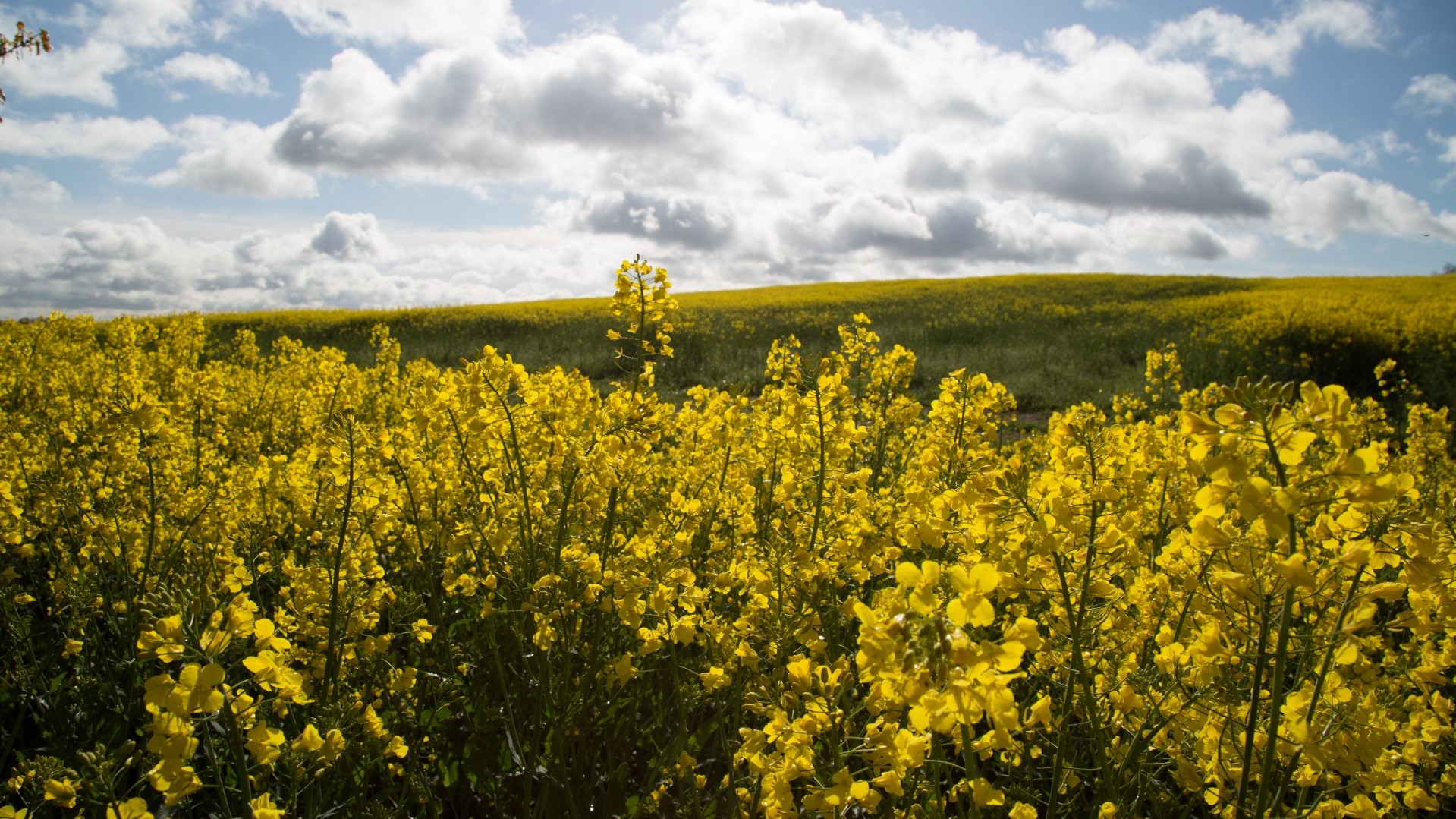
Biomass energy, or energy made from plant and animal products, is a source of renewable energy.
-
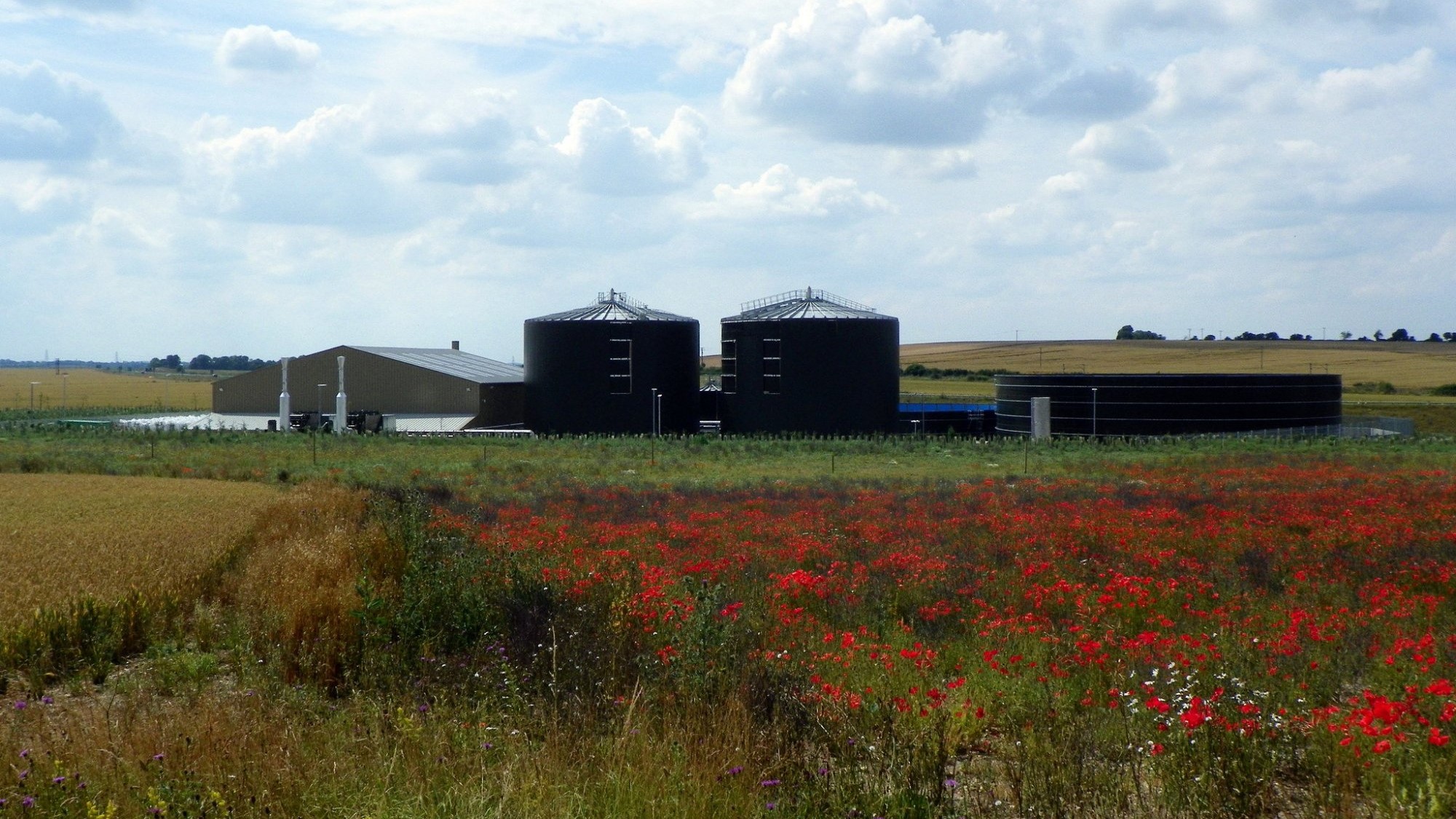
A description of the various processes to make biofuel and the type of fuel each process makes.
-
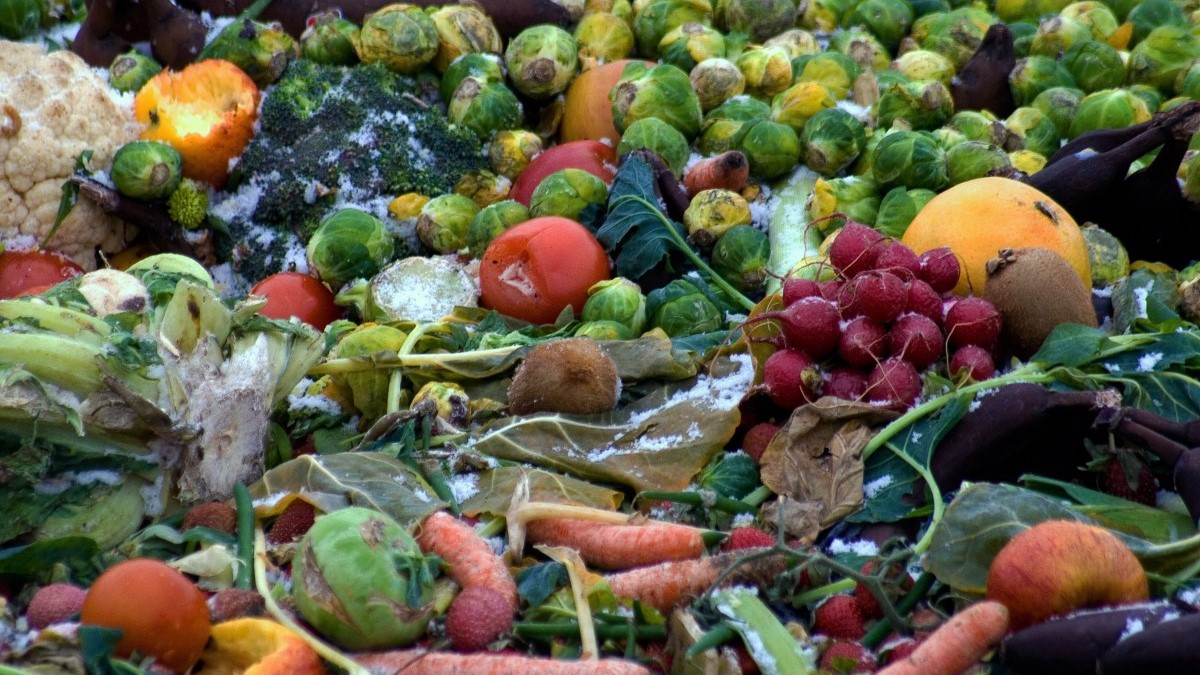
Biofuels created from food waste and non-food crops in the Northwest have the potential to be sustainable.

